Key Takeaways

- Market Research is Crucial: Understanding the meal prep market and your target audience is essential for identifying customer needs and remaining competitive in the industry.
- Define Your Niche: Specializing in a particular segment, such as vegan or gluten-free meals, can differentiate your business and attract a loyal customer base.
- Legal Compliance is a Must: Navigate legal requirements by obtaining necessary licenses and permits, ensuring your business operates within health and safety regulations.
- Effective Menu Development: Create a diverse menu that caters to different dietary preferences, utilizing high-quality ingredients to enhance customer satisfaction.
- Prioritize Marketing Strategies: Utilize online platforms and social media to build your brand presence, engage with customers, and promote offers to increase visibility and sales.
- Continuous Improvement: Gather customer feedback to inform adjustments and enhancements in meal offerings and operational practices, ensuring long-term business success.
Starting a meal prep business can be your ticket to a fulfilling and profitable venture. With busy schedules and a growing demand for healthy eating options, more people are turning to meal prep services to simplify their lives. If you’re passionate about cooking and want to help others eat better, this could be the perfect opportunity for you.
Researching the Market

Investigate the meal prep market thoroughly to ensure your business targets the right consumers and stays competitive.
Identifying Your Target Audience
Define the specific demographics of your target audience. Consider factors such as age, gender, dietary preferences, and lifestyle. For example, target busy professionals, fitness enthusiasts, or families. Conduct surveys and interviews to gather insights about their needs and preferences. Utilize social media platforms to engage with potential customers and explore their interests in meal prep services.
Analyzing Competitors
Evaluate existing meal prep businesses in your area. Identify their strengths and weaknesses. Analyze their pricing strategies, menu offerings, and customer reviews. Take note of gaps in their services that you can fill. For example, if competitors focus solely on traditional meals, consider offering specialized options like vegan or gluten-free meals to attract a broader customer base.
Understanding Food Trends
Stay informed about current food trends that influence consumer behavior. Monitor emerging preferences such as organic ingredients, sustainable practices, or plant-based diets. Use resources like industry reports and food blogs to track these trends. By aligning your meal prep offerings with popular food trends, you can enhance your appeal and attract more customers.
Creating a Business Plan
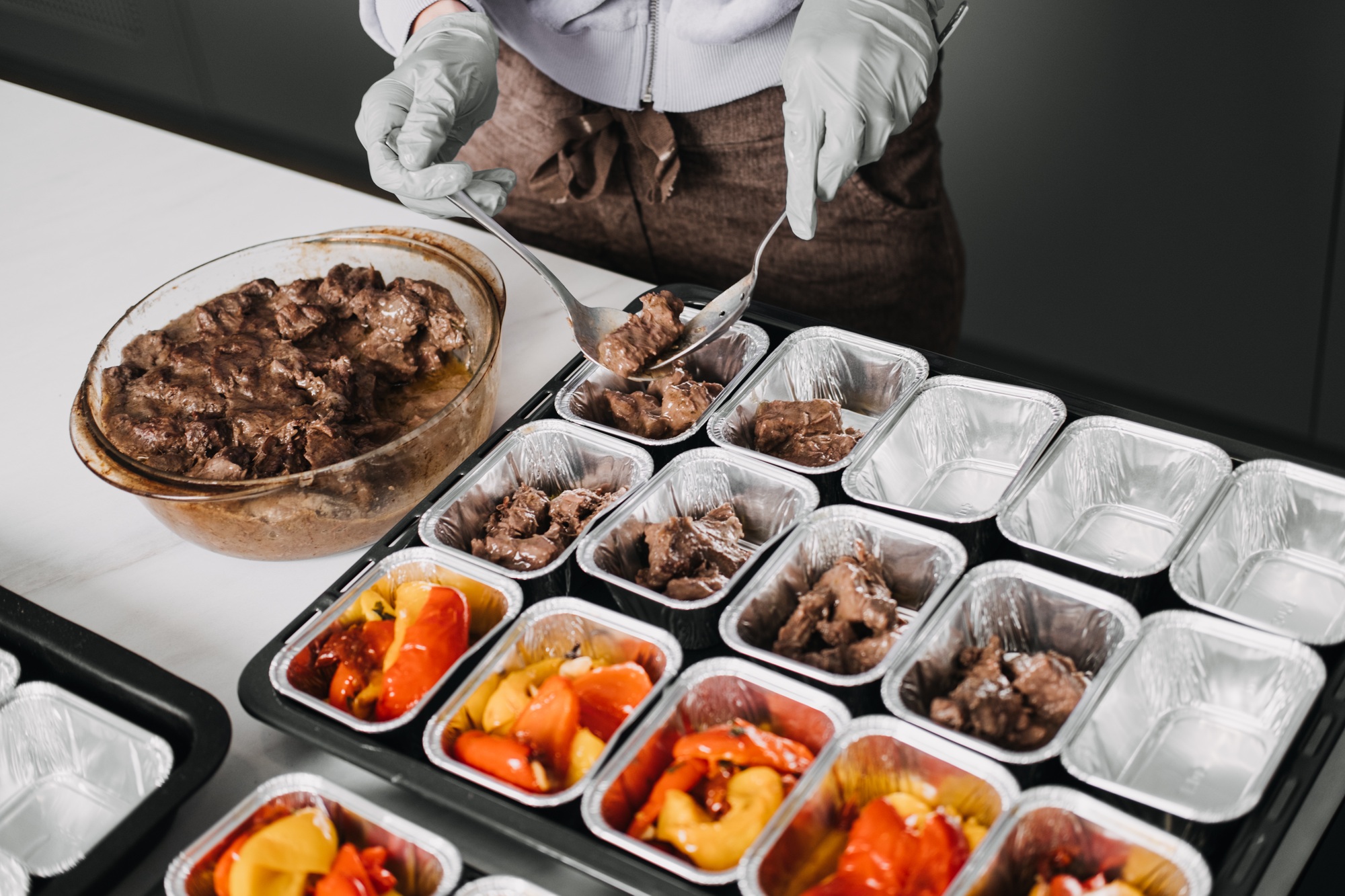
Creating a detailed business plan is essential for launching a successful meal prep business. This document acts as a roadmap, guiding you through the various aspects of your venture.
Defining Your Niche
Identifying your niche involves determining the specific segment of the meal prep market you will focus on. Consider factors such as dietary preferences, cuisine types, and target customer demographics. A well-defined niche can set your small business apart from competitors, allowing you to tailor your offerings to meet specific consumer needs.
Setting Goals and Objectives
Establish clear, measurable goals and objectives for your business. Define short-term and long-term targets, such as customer acquisition numbers or revenue milestones. Your goals can help keep your operations focused and track your progress. For example, aim to grow your customer base by 20% within the first six months.
Financial Planning and Budgeting
Develop a thorough financial plan that outlines your startup costs, operational expenses, and projected revenue. Include a detailed budget that covers ingredient procurement, packaging, marketing, and delivery logistics. By closely monitoring your finances, you can ensure sustainable growth and make informed decisions for your meal prep business.
Legal Requirements
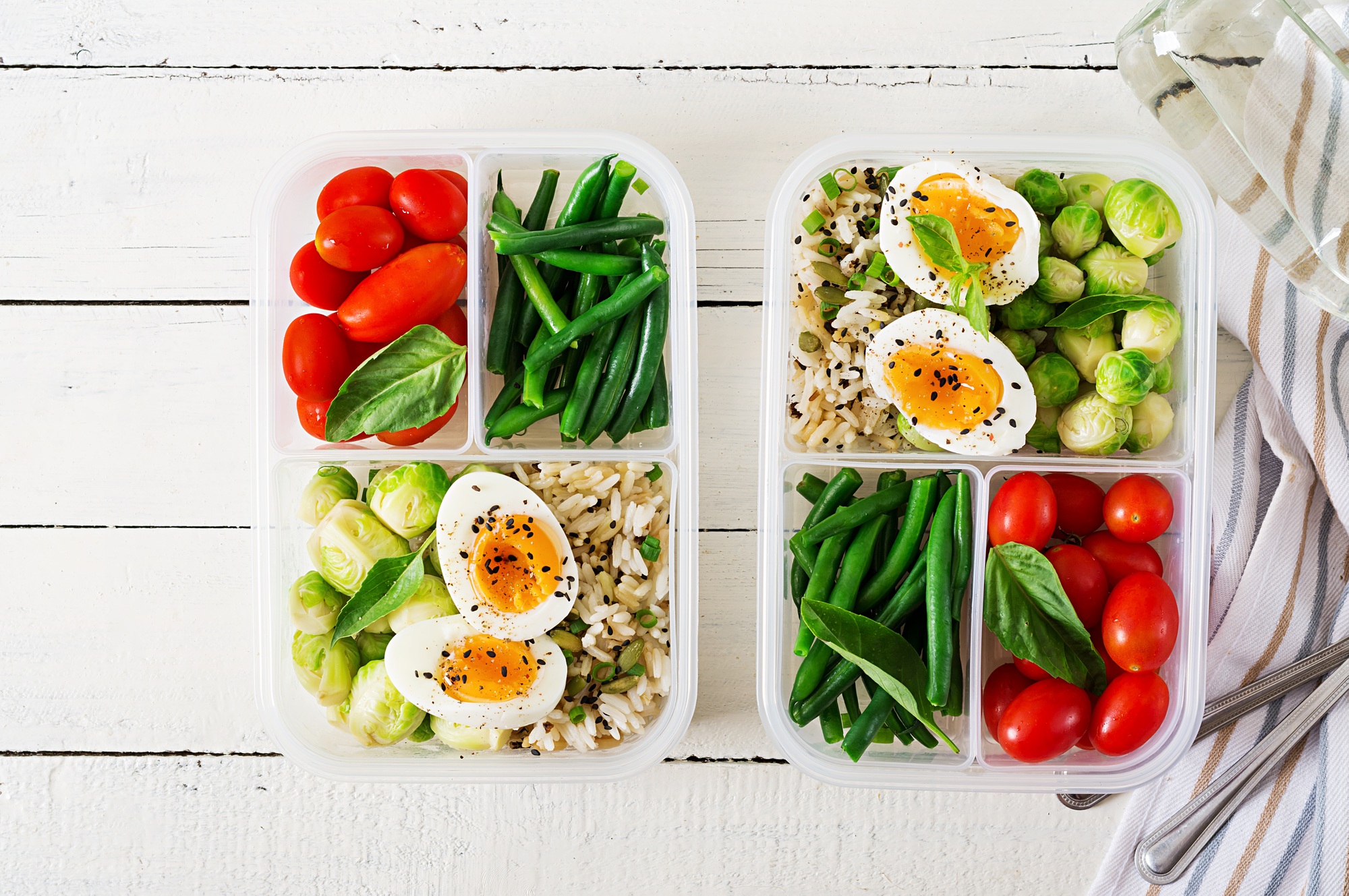
Starting a meal prep business involves navigating several legal requirements essential for operating legally and effectively.
Choosing a Business Structure
Choosing a suitable business structure is vital when starting a small business in meal prep. Options include sole proprietorship, partnership, LLC (Limited Liability Company), and corporation. Each structure affects your taxes, liability, and operational complexity. For example, choosing an LLC offers personal liability protection while providing tax flexibility. Evaluating these options helps ensure compliance with your state’s regulations, making decisions straightforward.
Obtaining Necessary Licenses and Permits
Obtaining necessary licenses and permits is critical to the legality of your meal prep business.
- Business License: Register your business name and structure with the state to establish it as a legal entity. This registration allows you to conduct commercial activities without legal issues.
- Food Service Permit: Acquire a food service permit to handle and distribute food products. This permit ensures compliance with food safety protocols and demonstrates adherence to health regulations.
Health and Safety Regulations
Health and safety regulations govern food preparation and distribution processes. Compliance with the U.S. Food and Drug Administration (FDA) guidelines ensures your meal prep business maintains high food safety standards. Implementing proper food handling practices, conducting regular inspections, and training employees on safety measures helps prevent foodborne illnesses and promotes consumer trust. Consider documenting procedures to demonstrate adherence to regulations, enhancing your credibility in the market.
Developing Your Menu

Creating a well-structured menu forms the backbone of your meal prep business. Focus on options that appeal to your target audience while meeting their dietary preferences.
Selecting Meal Options
Choose meal options that are appealing and satisfying. Include various choices such as:
- Pre-Cooked Meals: Provide fully prepared meals ready for consumption.
- Meal Kits: Offer uncooked, pre-portioned ingredients requiring minimal preparation.
- Dietary Options: Incorporate various dietary preferences including vegan, gluten-free, and low-carb meals to cater to diverse customers.
Sourcing Ingredients
Source high-quality ingredients to elevate your meal prep business. Pursue these strategies:
- Local Suppliers: Promote freshness by partnering with local farmers and suppliers for seasonal produce.
- Quality Standards: Ensure all ingredients meet safety and quality standards, enhancing your reputation among consumers.
- Wholesale Purchases: Consider purchasing in bulk from wholesalers to reduce costs while ensuring ingredient quality.
Pricing Your Meals
Set competitive yet profitable prices for your meals. Utilize these approaches:
- Cost Analysis: Calculate ingredient and operational costs to determine the break-even point for meal pricing.
- Market Research: Analyze competitor prices to align your pricing strategy with market trends.
- Value Proposition: Communicate the value of your meals to customers, justifying the price with quality ingredients and convenience.
By focusing on these fundamental aspects of menu development, you lay a solid foundation for your meal prep enterprise.
Setting Up Operations

Setting up operations for your meal prep business requires careful planning and attention to detail. Focus on meeting kitchen requirements, acquiring essential equipment and tools, and establishing effective packaging solutions.
Kitchen Requirements
Select a suitable kitchen based on your business model. If starting from a home kitchen, verify state regulations regarding home-based food businesses. Consider limitations in production capacity which may affect your ability to scale. Alternatively, commercial kitchen spaces offer necessary certifications and equipment, supporting higher production volumes and compliance with health standards. Ensure your kitchen meets health department requirements, including proper sanitation and cooking facilities.
Equipment and Tools Needed
Gather essential equipment to streamline your meal prep process. Prioritize the following:
- Cooking appliances: Invest in ovens, stovetops, and microwaves for versatile meal preparations.
- Food storage containers: Acquire high-quality, stackable containers for efficient storage solutions.
- Utensils: Obtain cutting boards, knives, measuring cups, and mixing bowls to facilitate food preparation.
- Commercial refrigerator and freezer: Maintain optimal food freshness and comply with safety regulations.
Outfitting your kitchen with these tools and equipment aids in achieving efficiency and maintaining high food safety standards.
Packaging Solutions
Choose packaging that preserves meal quality and appeals to your target audience. Consider your options such as:
- Sealable containers: Use airtight containers to prolong shelf life and maintain freshness.
- Eco-friendly materials: Appeal to environmentally conscious consumers by selecting recyclable or compostable packaging options.
- Labeling: Implement clear labels with nutritional information, preparation instructions, and ingredient lists to provide transparency.
Effective packaging plays a crucial role in attracting customers and ensuring the quality of your meal offerings.
Marketing Your Meal Prep Business
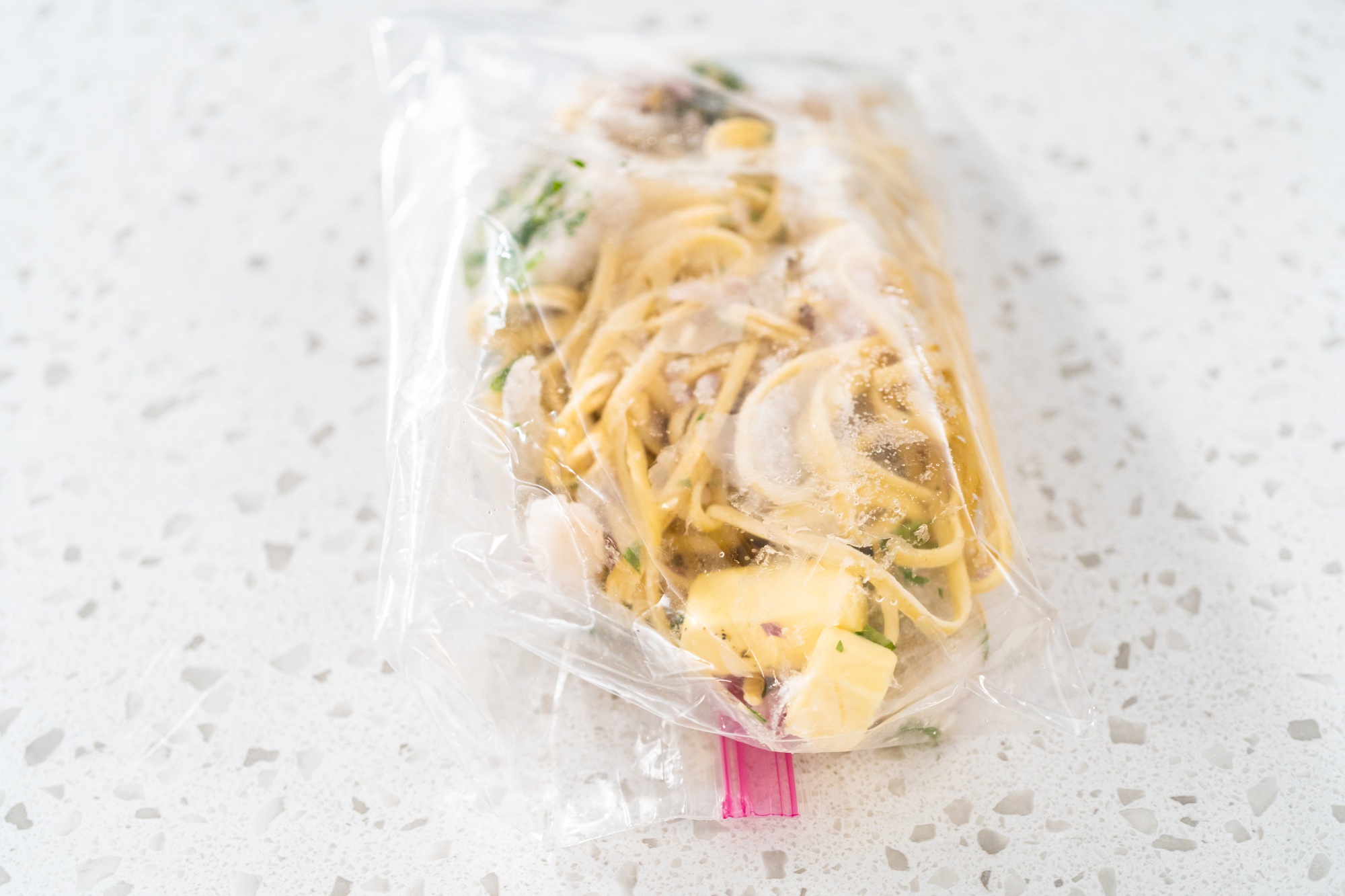
Effective marketing strategies play a crucial role in the success of your meal prep business. Various techniques can help attract and retain customers.
Building an Online Presence
Establishing an online presence is vital for reaching a broader audience. Create an ecommerce store featuring high-quality photos of your meals, detailed descriptions, and easy navigation. This platform serves customers with an engaging shopping experience and aids in facilitating orders. Implementing search engine optimization (SEO) techniques enhances visibility and drives traffic to your site.
Utilizing Social Media
Leveraging social media platforms fosters engagement with existing and potential customers. Share vibrant images of your meals across platforms like Instagram and Facebook, using relevant hashtags to enhance discoverability. Posting informative content related to meal prep, such as tips, recipes, and nutrition information, positions your brand as an authority. Engage directly with your audience by responding to comments and messages, fostering a community around your meal prep business.
Creating Promotions and Discounts
Introducing promotions and discounts encourages new customer trials and boosts loyalty. Offer limited-time discounts for first-time buyers or create bundle deals for bulk purchases. Seasonal promotions aligned with holidays can attract additional attention. Highlight these opportunities on your website and social media channels, ensuring they are easy to find and enticing to customers.
Launching Your Business
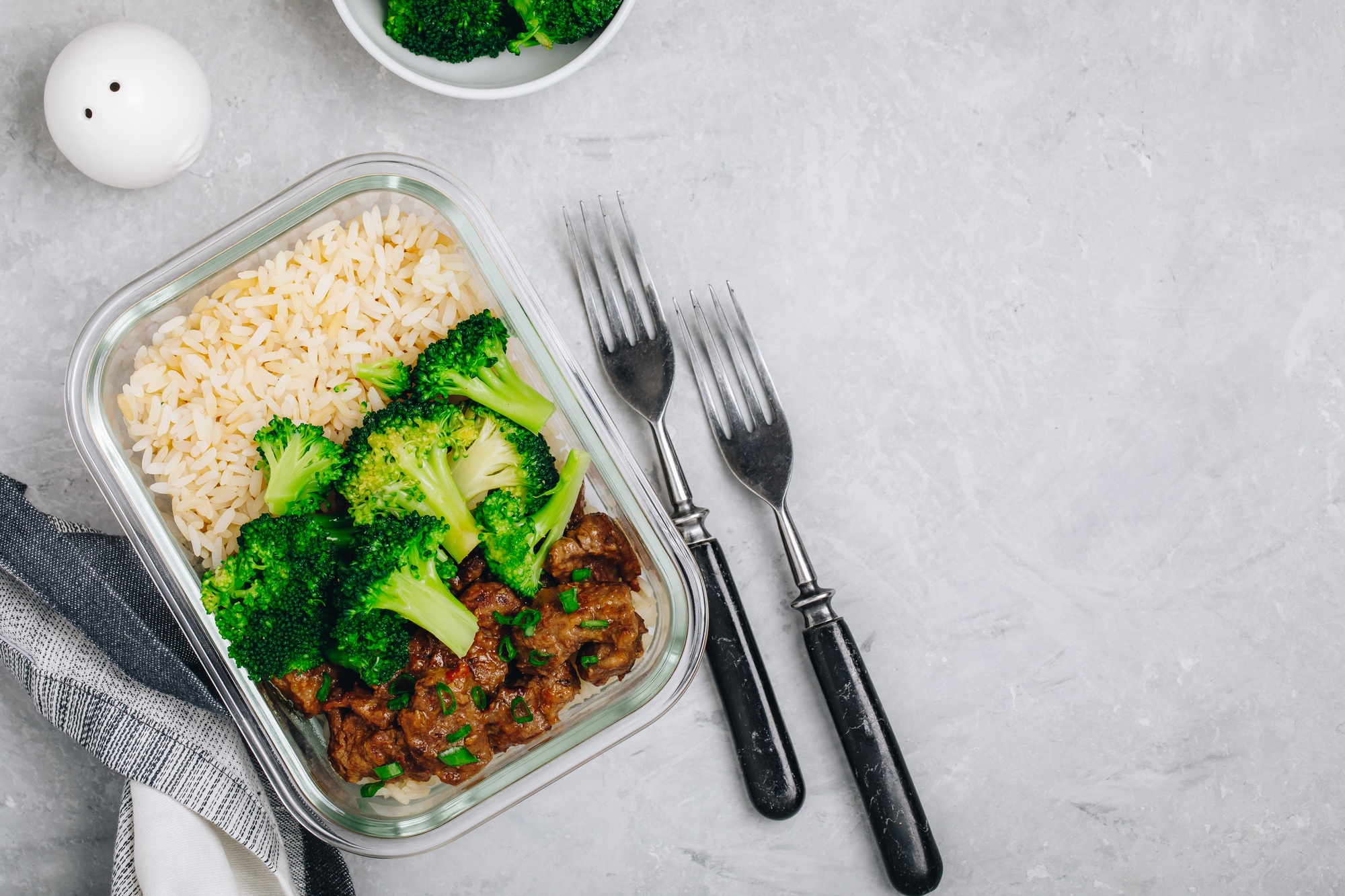
Establishing key operational components ensures the successful launch of your meal prep business. Focus on systems that enhance efficiency and customer satisfaction.
Setting Up an Order System
Develop a straightforward order system that streamlines the customer experience. Choose an online ordering platform or a custom website that showcases menu options efficiently. Implement secure payment methods to assist in completing transactions easily. Integrate inventory management software to track ingredients and meal availability accurately. Effective order management enhances customer satisfaction and simplifies business operations.
Preparing for the First Orders
Prepare thoroughly to handle your initial orders seamlessly. Allocate sufficient time for meal preparation, and ensure you meet all health and safety regulations. Set production goals based on anticipated customer orders to manage time effectively. Assemble necessary kitchen equipment and ingredients before the launch. Maintain a high-quality standard for each meal to build positive customer reviews and trust.
Gathering Customer Feedback
Collecting customer feedback enhances your business and informs necessary adjustments. Distribute surveys post-delivery to gather insights on meal satisfaction and areas for improvement. Utilize social media platforms for direct feedback and engagement with your audience. Analyze the feedback to identify trends and adapt offerings accordingly. Continuous improvement based on customer input solidifies your standing in the competitive meal prep market.
Troubleshooting Common Issues

Addressing common issues in a meal prep business ensures long-term success. Focus on effective solutions to manage challenges that arise.
Managing Food Spoilage
Combat food spoilage by implementing strict inventory management practices. Track expiration dates and rotate stock regularly to use older items first. Utilize proper refrigeration techniques to maintain optimal food safety. Prepare meals in smaller batches based on demand to reduce waste. Consider using preservation methods like vacuum sealing to extend shelf life. In addition, educate your team about food handling standards to minimize spoilage risks.
Handling Customer Complaints
Handle customer complaints promptly and professionally. Listen to feedback with the intent to understand and resolve any issues. Respond to concerns within 24 hours to demonstrate commitment to customer satisfaction. Offer clear compensation options when problems arise, such as discounts or refunds. Document complaints to identify recurring patterns and implement actionable improvements. Use feedback to enhance meal quality and customer experience continually.
Adjusting to Market Changes
Adjust to market changes through ongoing research and flexibility. Analyze industry trends and consumer preferences regularly to stay competitive. Adapt menu offerings based on seasonal ingredients and emerging dietary trends, such as plant-based meals or gluten-free options. Monitor competitor strategies to identify gaps in your services and target audience. Implement promotional campaigns tailored to shifts in consumer behavior to seize new opportunities.
Conclusion

Starting a meal prep business can be a fulfilling venture that meets the growing demand for healthy eating. By understanding your target audience and conducting thorough market research, you can carve out a niche that sets you apart from competitors.
Establishing a solid business plan, adhering to legal requirements, and maintaining high food safety standards are essential for success. Focus on sourcing quality ingredients and developing a diverse menu that caters to various dietary preferences.
With effective marketing strategies and a commitment to customer feedback, you’ll be well-equipped to navigate the challenges of this industry. Embrace the journey and watch your meal prep business thrive.
Frequently Asked Questions
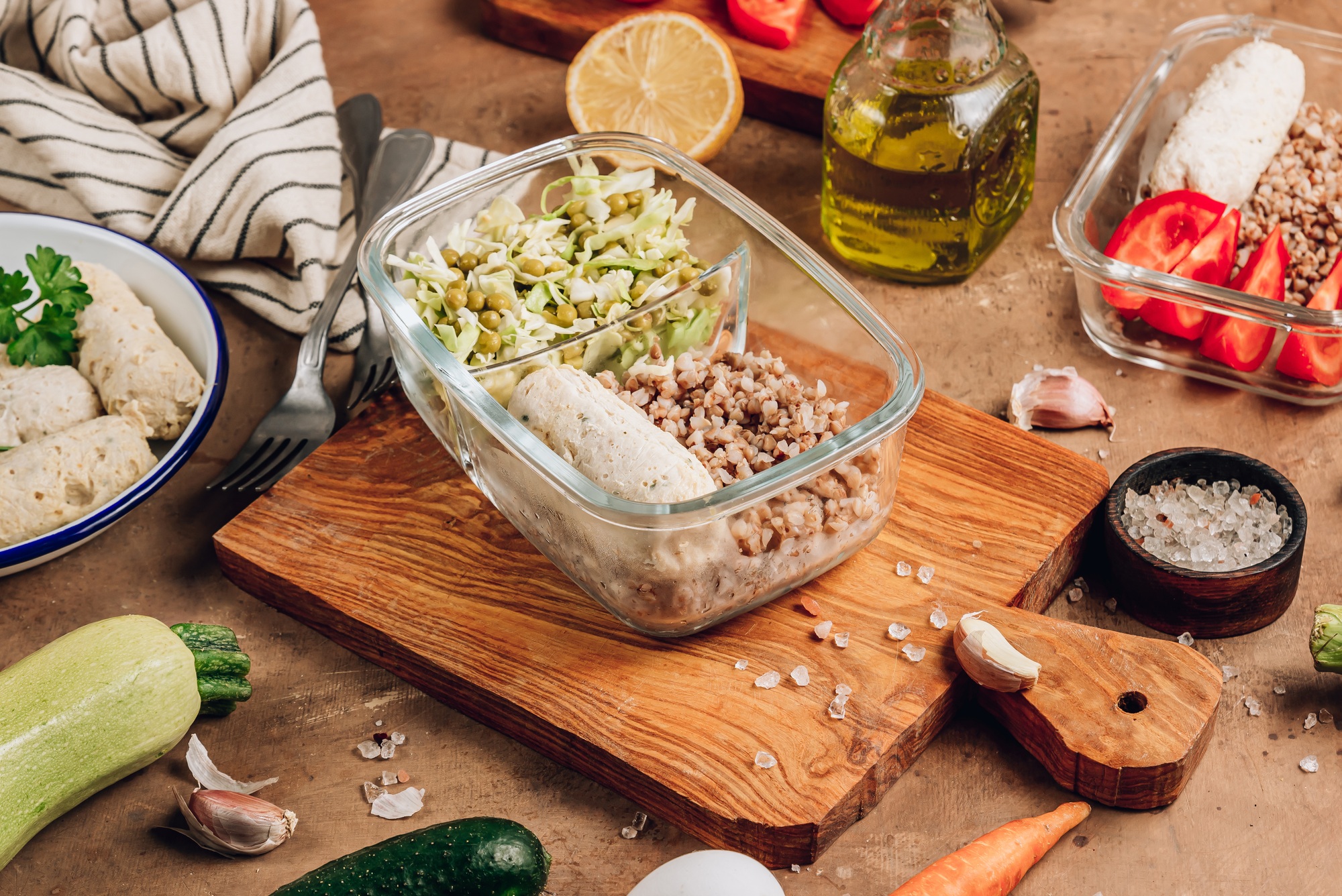
What is a meal prep business?
A meal prep business provides prepared meals or meal kits that help customers save time and eat healthier. It focuses on offering convenient, portioned meals tailored to different dietary preferences.
Why should I start a meal prep business?
Starting a meal prep business can be rewarding due to the growing demand for healthy eating options. It allows passionate cooks to help others simplify meal planning and improve their diets while generating profit.
How can I identify my target audience?
Research your potential customers by considering demographics like age, gender, and dietary preferences. Utilize surveys and social media insights to understand their needs and preferences better.
What should be included in a meal prep business plan?
Your business plan should define your niche, set measurable goals, outline financial needs, and include marketing strategies. This roadmap will guide your decisions and growth.
What legal requirements do I need to consider?
You need to choose a business structure (e.g., LLC or sole proprietorship) and obtain necessary licenses, such as a food service permit. Adhere to health and safety regulations to ensure legal compliance.
How can I develop a successful menu?
Create a well-structured menu that reflects your target audience’s preferences. Offer a variety of meal options and consider dietary restrictions like vegan or gluten-free to attract a broader customer base.
What kitchen requirements do I need for my meal prep business?
Select a kitchen that complies with health regulations, whether it’s a home kitchen or commercial space. Ensure you have necessary equipment like cooking appliances, utensils, and refrigeration units.
How can I market my meal prep business effectively?
Establish a strong online presence through a user-friendly website and social media. Use SEO techniques and engaging content to attract customers and communicate promotions to encourage new trials.
What should I do after launching my meal prep business?
Focus on refining your order system, managing inventory, and preparing for customer feedback. Continuous improvement based on customer reviews is crucial for long-term success.
How can I manage common challenges in a meal prep business?
Implement strict inventory management to reduce food spoilage and ensure effective customer service in addressing complaints. Adapt your offerings based on market trends to stay competitive.
Image Via Envato: YMikhaylova, kathkarnowski, boomeart, nblxer, arina-habich, Image-Source, zamrznutitonovi, Timolina, IrynaKhabliuk, joshua_resnick, fahrwasser



